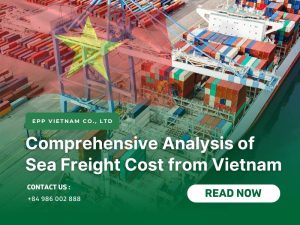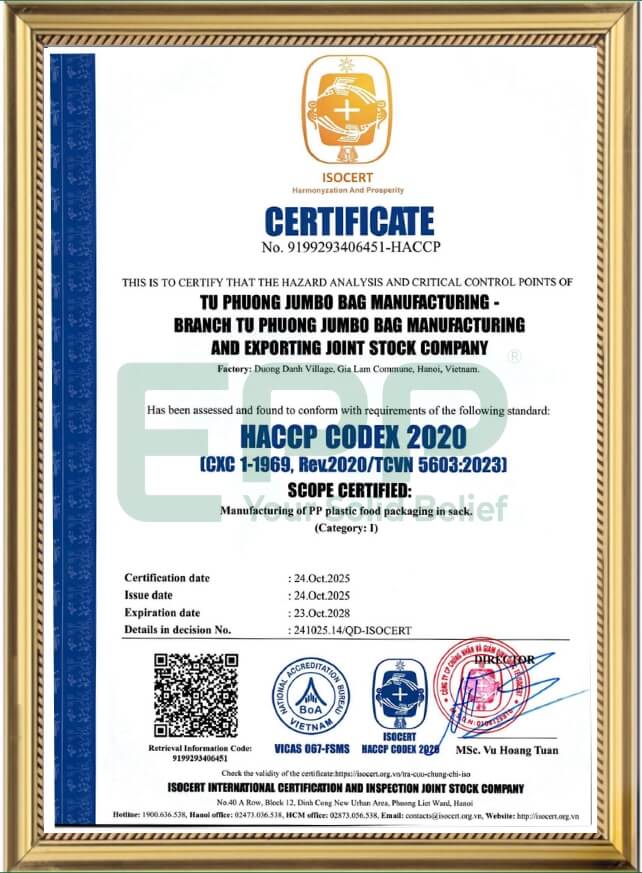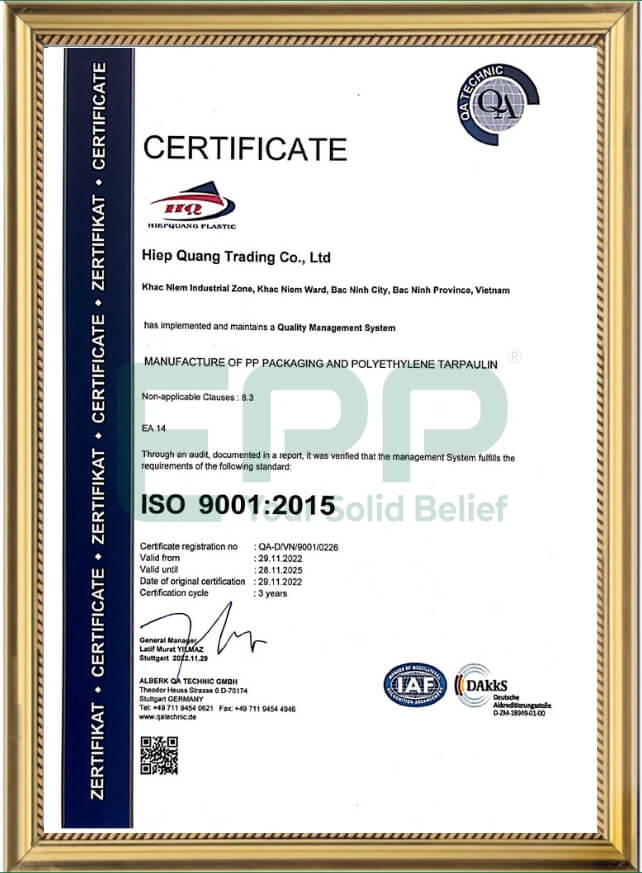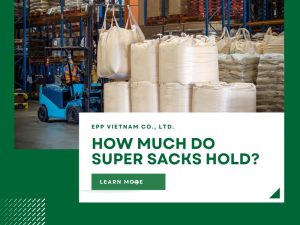
In recent years, global sea freight has undergone unprecedented volatility and transformation due to various factors such as politics, changing trade policies, and supply chain disruptions. Vietnam, as a rapidly
Woven bags are an increasingly popular choice for packaging and transporting goods across various industries. Made from interlaced fibers, these bags offer durability, versatility, and an eco-friendly alternative to traditional plastic bags. As businesses seek sustainable packaging solutions, understanding the features, advantages, applications, and types of woven sacks becomes essential for making informed decisions.
Woven bags are made from woven polypropylene (PP), a type of plastic that is both strong and lightweight. The weaving process involves interlacing strands of material to create a fabric-like structure, resulting in bags that are resistant to tearing and puncturing. Woven sacks are commonly used for packaging a variety of products, including agricultural products, construction materials, and retail goods.
These bags come in various forms, including poly woven bags, PP woven bags, and woven plastic bags. Their design allows for easy handling and storage, making them a practical choice for both manufacturers and consumers. With the growing emphasis on sustainability, woven bags are also gaining traction as an eco-friendly packaging option.
Woven PP bags offer several distinct advantages that make them a preferred choice in many industries:
Woven bags are used in a multitude of applications across different industries. Some common uses include:
Woven sacks come in several types, each designed for specific applications and needs. Here are some of the most common types:
PP woven sacks are made from woven polypropylene and are among the most popular types of woven bags. They are known for their strength, versatility, and cost-effectiveness. Woven PP bags are commonly used in agriculture, construction, and retail, making them a go-to choice for many businesses.
ADStar bags are a specific type of woven bag that incorporates a unique star-shaped bottom design. This design enhances stability and allows the bags to stand upright, making them easier to fill and stack. ADStar bags are often used for packaging flour, grains, and other bulk food products.
BOPP (Biaxially Oriented Polypropylene) laminated woven bags combine the strength of woven polypropylene with a layer of BOPP film. This lamination adds a glossy finish and improves the bag’s resistance to moisture and dirt. BOPP laminated bags are commonly used in the food and retail industries due to their attractive appearance and durability.
These bags feature an outer layer of kraft paper laminated onto a PP woven bag. This combination provides a natural look while maintaining the strength of the woven bag. Kraft paper laminated bags are often used for packaging organic products, grains, and other goods that require a more eco-friendly appearance.
Woven bags are an excellent packaging solution for various industries, offering durability, versatility, and environmental benefits. Understanding the different types of woven bags, including PP woven bags, AD*Star bags, BOPP laminated bags, and Kraft paper laminated options, can help businesses select the right packaging for their needs.
As sustainability continues to be a priority for consumers and businesses alike, woven sacks stand out as a practical and eco-friendly choice. Their ability to be reused, recycled, and customized makes them an ideal option for those looking to enhance their packaging strategies while minimizing environmental impact. By investing in woven bags, companies can improve their logistics, reduce costs, and contribute to a more sustainable future.

With our 20-year experience in manufacturing and exporting, EPP Vietnam Co., Ltd. was established to bridge the gap between manufacturers and customers and become a leading supplier in Vietnam’s plastic packaging industry. Our mission is to provide a comprehensive range of plastic packaging products, including FIBCs (Types A, B, C, D, Fras Type C bulk bags, Food Grade bulk bags, UN big bags, Ventilated bulk bags, and Mesh bags), PP woven bags, Kraft paper laminated PP woven bags, BOPP bags, agricultural films, PE liners, and PE tarpaulin.
We have successfully exported high-quality products to markets in Australia, New Zealand, the United States, Canada, Germany, Norway, Portugal, Africa, UAE, Chile, and other countries with Stable quality, Competitive prices, and Professional services.
EPP Vietnam can currently supply 6 million products annually, underscoring our commitment to meeting customer needs.
With a quality management system according to internaional standard such as ISO9001:2015; ISO14001:2015; ISO22000:2005, HACCP; FSSC22000; BRC; Test Report for each product....and our professional quality check team, we are committed to bring to our customers outstanding products with “Stable Quality”.
With the products control norm system and having good relationships with manufacturers, we can seek for each factories’s advantageous products and combine them to meet customers' product diversification needs for each order with “Competitive Price”.
We guarantee to provide customers with “Professional Service” such as Mix items into 1 container and ship to customer's port, Consulting on exact product specifications, Quoting within one working day, Maximum leading time of four weeks for each order, Shipping to the customer’s port, Diverse payment methods (TTR, L/C...); Resolve complaints within one week working and always listen to customers’ feedback.




In recent years, global sea freight has undergone unprecedented volatility and transformation due to various factors such as politics, changing trade policies, and supply chain disruptions. Vietnam, as a rapidly

If you handle bulk materials—from fine chemicals and fertilizers to sand and grains—you rely on Super Sacks (officially, Flexible Intermediate Bulk Containers or FIBCs). These industrial bags are designed for

In the food industry, reputation and safety are everything. One illness outbreak can close a business, trigger massive recalls, and permanently destroy consumer trust. This is why the Hazard Analysis